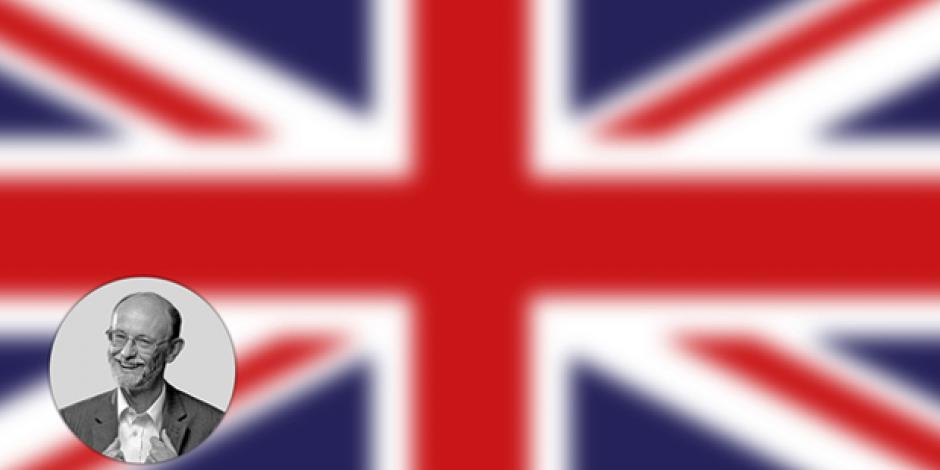Starten Sie den Audio-Text
Mit dem Audio-Player können Sie sich den Text anhören. Darunter finden Sie das Transkript.
Transcript: Discovering home
I’ve lived in the same city for years, but I still had plenty to learn when I started looking for walking routes as exercisekörperliche Betätigungexercise during lockdown.
At first, I was methodical. I thought about dividing the map into different zones using points of the compass. I could start in the north zone and work my way round. But I live in Southampton, which is on the south coast. If you choose the south zone, you could end up with your feet in the water.
Just like King Canute, who was here 1,000 years ago. He wanted to show that not even kings could control the tideEbbe und Fluttide. sure enoughtatsächlichSure enough, the sea took no notice of him and he got wet feet. Is the story true? Yes, if you believe the inscriptionInschriftinscription nearby.
I’d to be better offbesser dran seinbe better off following in the footsteps of Henry V. He sailed to France from here in 1415 to fight in the 100 Years War. He spent time at the Red Lion, using it as a courtroomGerichtssaalcourtroom, before to headsich aufmachenheading west to join his ship. Is that story true as well? Or did he actually stay at the castle?
The Red Lion is a pub in the high street. If Henry had stayed there about 150 years later, he would have seen Philip II of Spain come past on his way north to Winchester, to marry Queen Mary and become King of England and Ireland.
That’s three kings already! I could, of course, follow in Jane Austen’s footsteps instead. She didn’t write any of her novels in Southampton, but she did like to walk along the waterfrontKaiwaterfront — the Platform, as it was called in those days. There’s still a pub called the Platform Tavern, but it probably wasn’t Jane’s to not be sb.’s cup of tea (ifml.)nicht so ganz jmds. Sache seincup of tea. She’d have preferred going to balls at the Dolphin Hotel.
In the end, of course, I walked about aimlesslyziellosaimlessly, and found myself noticing things I’d always ignored until then: plaquePlakette, Schildplaques, like the ones that mark the homes of men who worked on the Titanic, which sank during its first Atlantic crossing from Southampton to New York in 1912.
Or the plaque at The Grapes — the pub where the crew liked to drink. It tells the story of three brothers who had jobs on the new linerPassagierschiffliner. They finished their beer and set off for the docks, but by the time they’d waited for a train to clear the level crossing (UK)Bahnüberganglevel crossing, it was too late to go on board. Lucky for them.
Apart from the plaques, there are also tileKachel, Plattetiles, some linked to the story of the Mayflower. Yes, the Mayflower sailed to America from Plymouth — having travelled there from Southampton. Its sister ship needed repairs, and in the end, the Mayflower continued alone.
Other tiles are harder to explain. One of them is a mosaic with the Superman logo. I don’t think he was a passenger on the Mayflower, though. Some tiles have mysterious, alien-looking faces on them. Most of these are on walls, but some are on a street sign that also has a picture of a flying saucerfliegende Untertasseflying saucer.
I’m not imagining it. It’s the work of a street artist. It was lockdown — and the pubs had been shut for weeks.
Neugierig auf mehr?
Dann nutzen Sie die Möglichkeit und stellen Sie sich Ihr optimales Abo ganz nach Ihren Wünschen zusammen.



